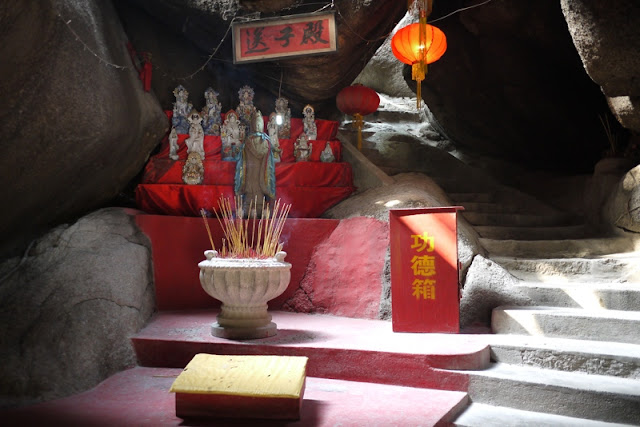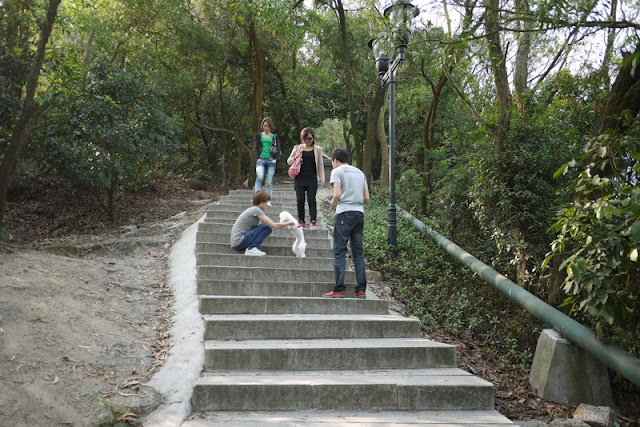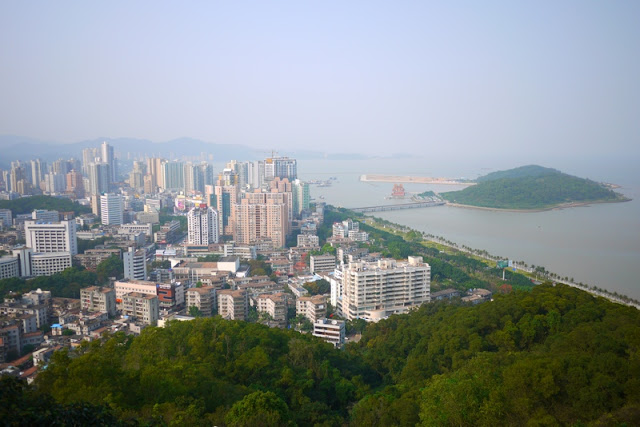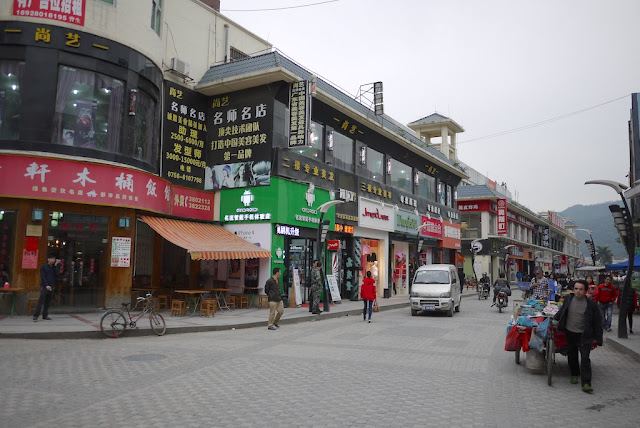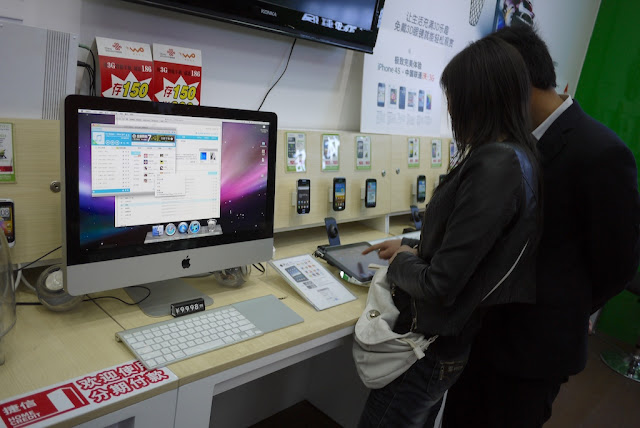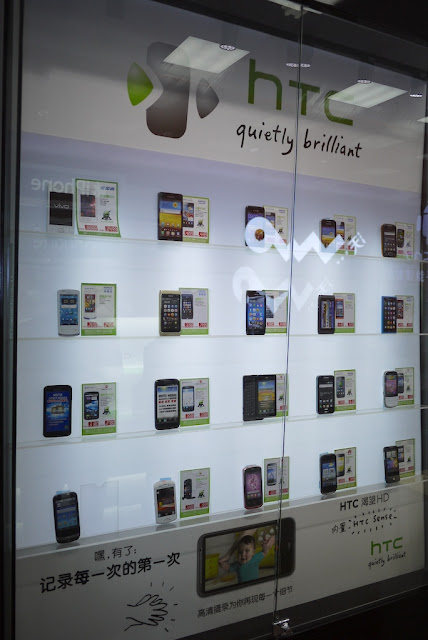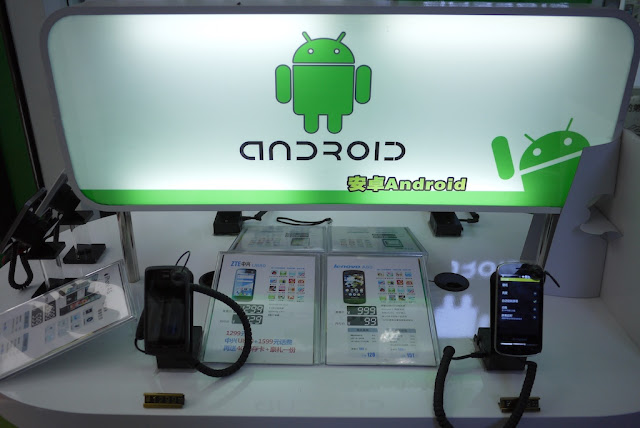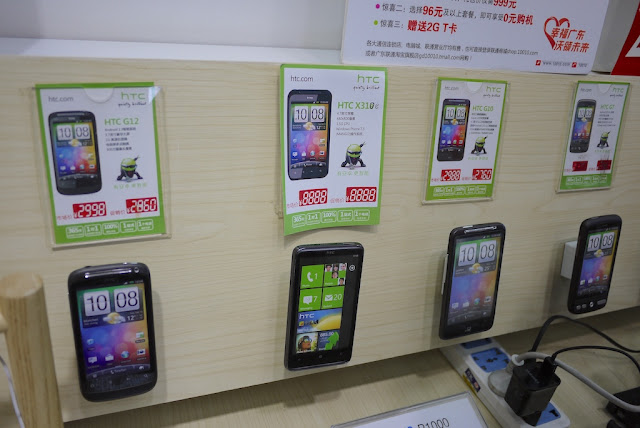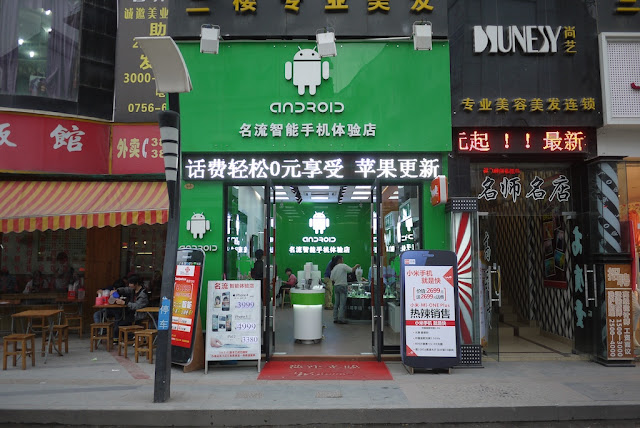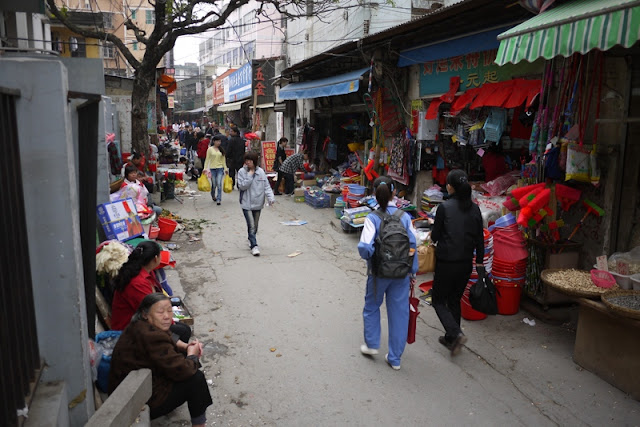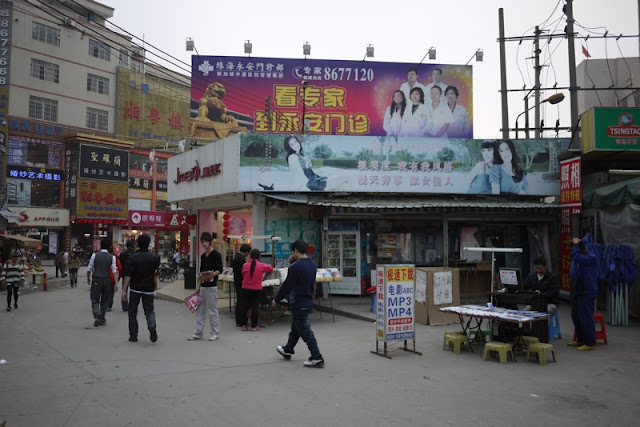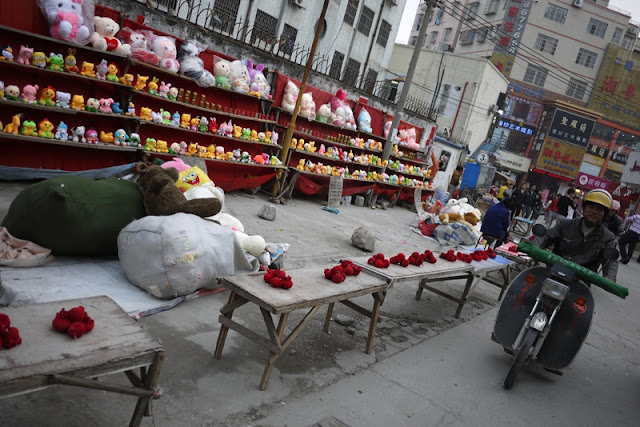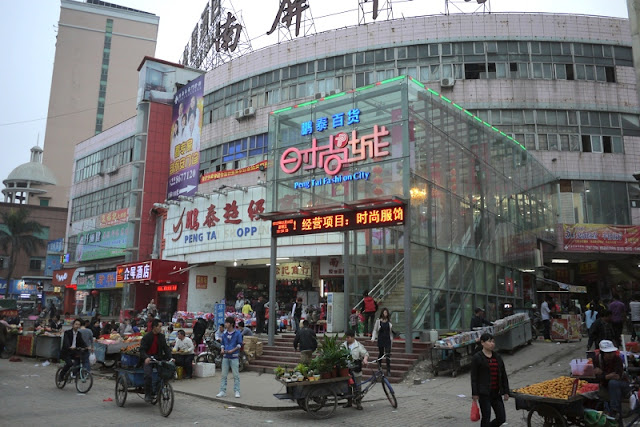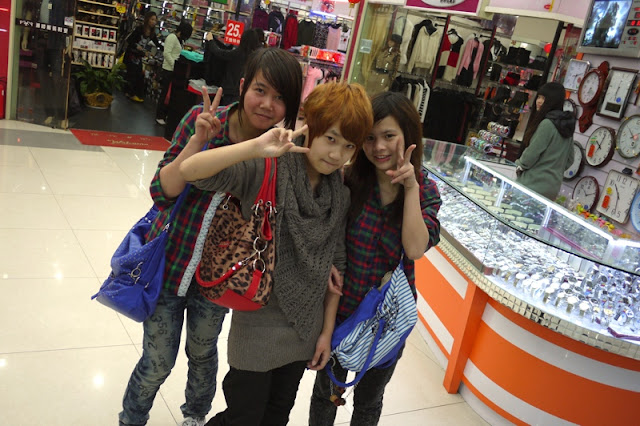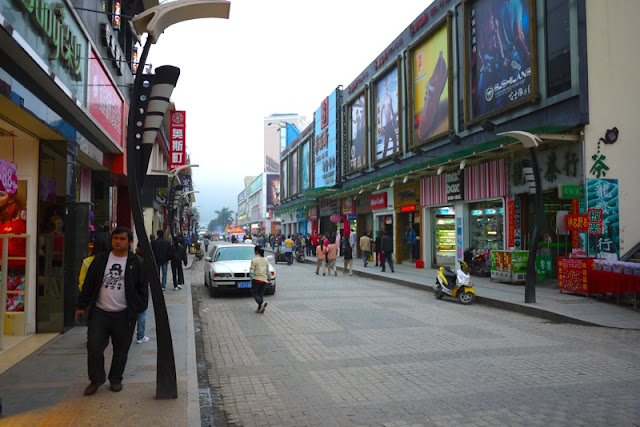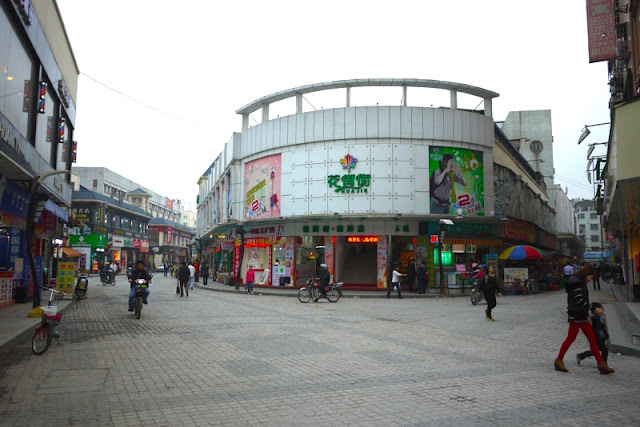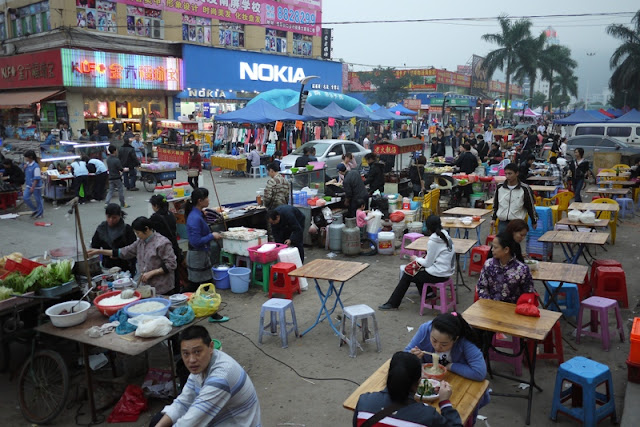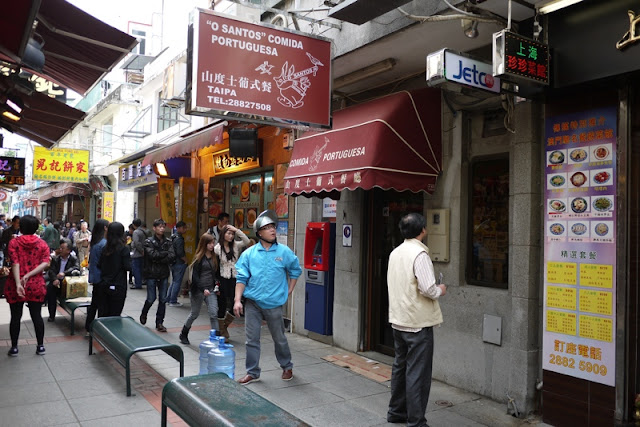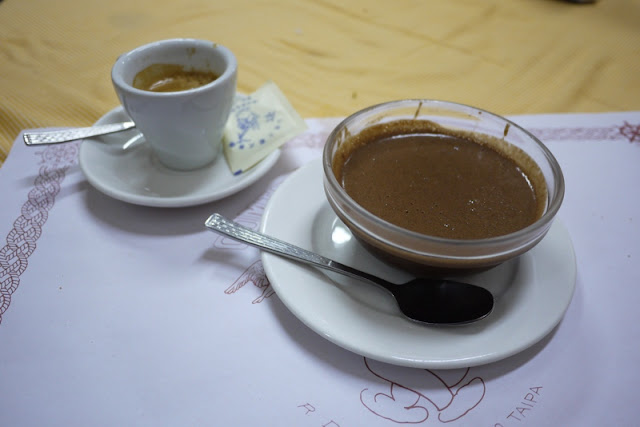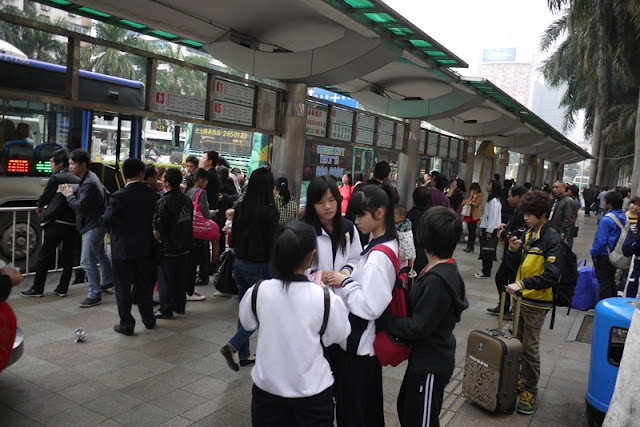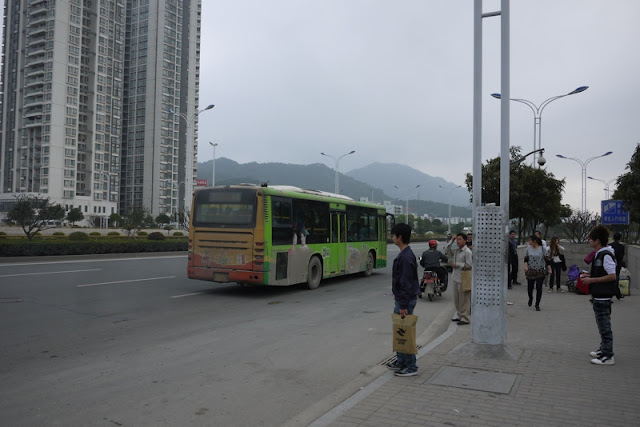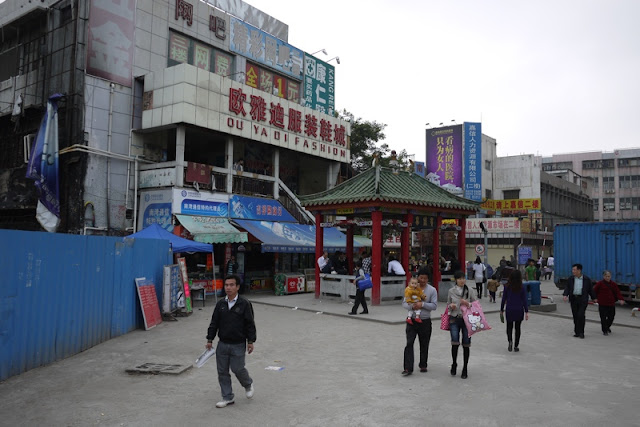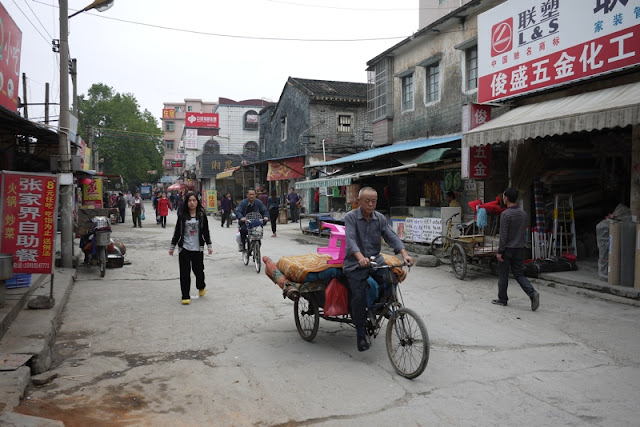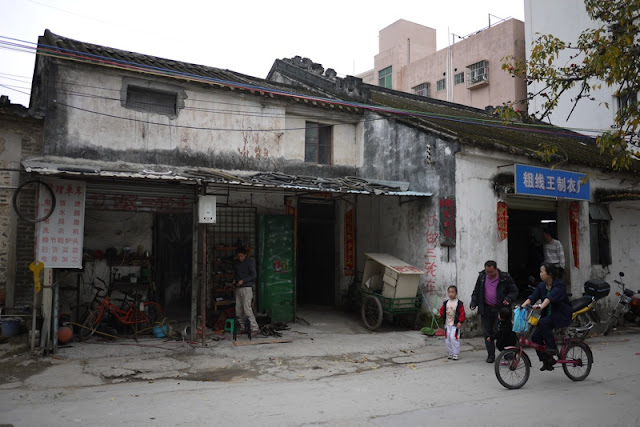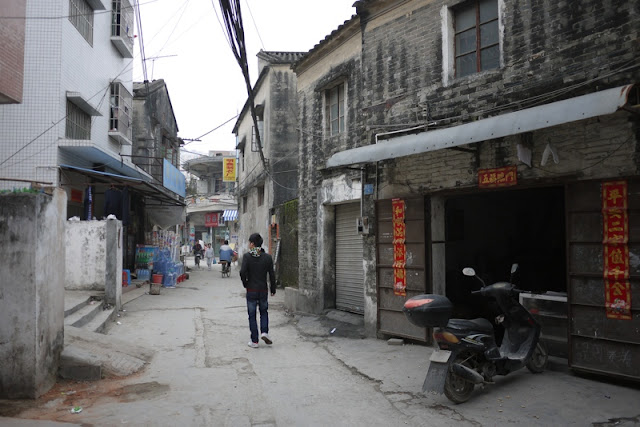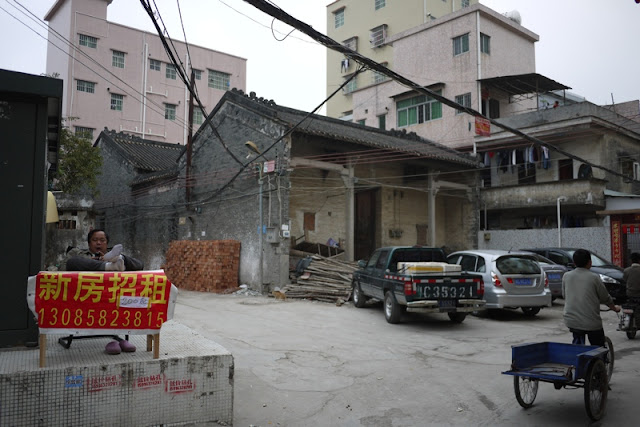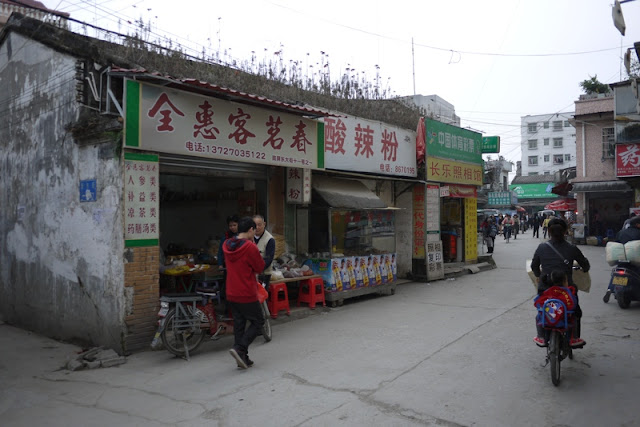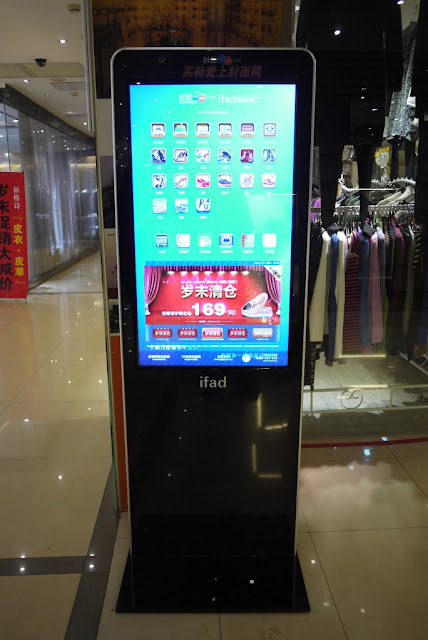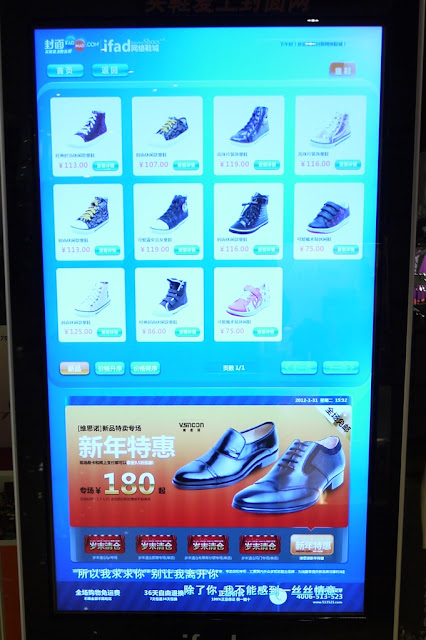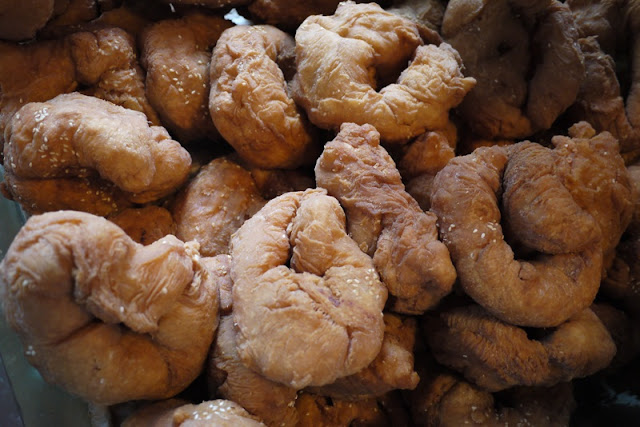I took a break today from Android stores and enjoyed the wonderful weather in Zhuhai. Instead of visiting Bailian Dong Park again, I hopped on a bus (not randomly this time) and went to Jingshan Park (景山公园). Weeks ago I noticed the park from afar because of a cart slide going down its main hill and put it on my to-do list. I will share some of my experiences today to provide a break here as well.
One of the first places I visited at the park was this temple within a set of large boulders:
After visiting the temple, instead of taking the chairlift up the hill:
I decided to take the stairs to help burn off a tiny bit of the weight I have gained while eating very well in Guangdong:
At the top I enjoyed the different views of Zhuhai such as this one:
And this boy even offered me a few moments of his paid time to look through the binoculars:
After spending time walking around the top of the hill, I made my way down as I had planned:
The design of these carts seem to be common for such slides in China. I have also ridden slides in Guiyang, Guizhou province; Shantou, Guangdong province; and Xuzhou, Jiangsu province. One advantage is they are attached to the track so you don't have to worry about going too fast (I think). I used to believe that was the case for all cart slides but as I painfully discovered at a slide in Lucerne, Switzerland many years ago it is definitely not true (maybe a story for another day). Anyway, all was fine today and the slide was decent enough.
So, a temple in boulders, a little exercise, great views, and a slide all made my trip to the park well worthwhile. But maybe even more enjoyable was the opportunity to briefly chat with a variety of people at the park. I will share some of that experience in an upcoming post.
One of the first places I visited at the park was this temple within a set of large boulders:
After visiting the temple, instead of taking the chairlift up the hill:
I decided to take the stairs to help burn off a tiny bit of the weight I have gained while eating very well in Guangdong:
At the top I enjoyed the different views of Zhuhai such as this one:
And this boy even offered me a few moments of his paid time to look through the binoculars:
After spending time walking around the top of the hill, I made my way down as I had planned:
The design of these carts seem to be common for such slides in China. I have also ridden slides in Guiyang, Guizhou province; Shantou, Guangdong province; and Xuzhou, Jiangsu province. One advantage is they are attached to the track so you don't have to worry about going too fast (I think). I used to believe that was the case for all cart slides but as I painfully discovered at a slide in Lucerne, Switzerland many years ago it is definitely not true (maybe a story for another day). Anyway, all was fine today and the slide was decent enough.
So, a temple in boulders, a little exercise, great views, and a slide all made my trip to the park well worthwhile. But maybe even more enjoyable was the opportunity to briefly chat with a variety of people at the park. I will share some of that experience in an upcoming post.



